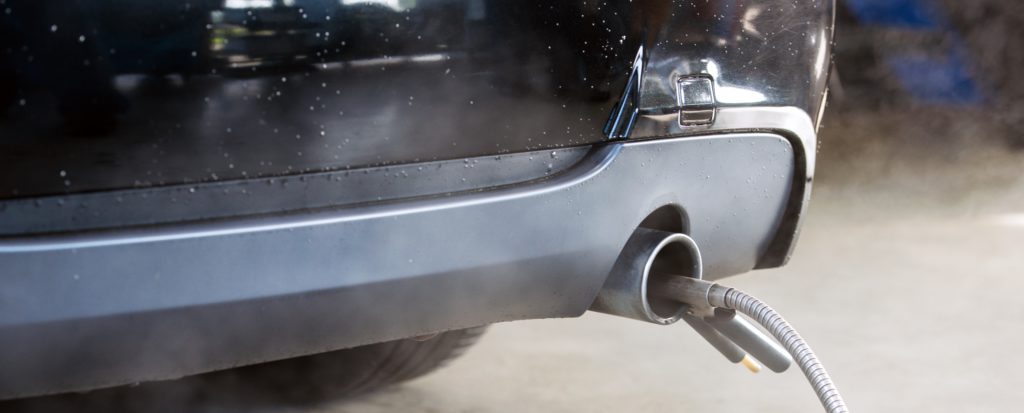In Europe the process is known as ‘type-approval’ and regulates vehicle performance in many areas like noise and emissions, full-scale crash testing but also such things as headlamps, seatbelts etc. In total, there are over 50 areas which have to be covered and each one of these can encompass several tests. Type-approval ensures a minimum standard for all cars – a baseline for all. Tests are conducted by Technical Services – government appointed laboratories – and the results are not made public. Car-buyers know only that, if the car is on sale, it must have met the minimum standards in all areas of type-approval.

Ensuring this baseline standard is, of course, important but type-approval provides no information for consumers to choose one car over another and provides no incentive to manufacturers to improve the performance of their vehicles above the minimum requirements. In some areas, car manufacturers outperform the type-approval requirements. In braking, for example, consumer expectation has far exceeded the regulatory requirements and cars that did no more than the minimum would lose favour in the marketplace.
Green NCAP wants to motivate manufacturers to improve the performance of their vehicles above the minimum requirements
In some areas, though, consumers have no way of knowing how cars perform: whether they just meet the minimum standards or exceed them. Safety is one such area where, without the information provided by independent bodies like Euro NCAP, consumers would be unable to make a purchasing decision based on measured performance. Likewise, in emissions, legislation across the world has become tougher and tougher and cars now outperform those of decades ago by several orders of magnitude. But consumers cannot compare the real emissions of one car to those of another so cannot choose a car on this basis, and revelations in recent years have shown how easily manufacturers can exploit loopholes to their advantage.
Consumers should be able to compare pollutant and greenhouse emissions of cars, and their fuel/energy consumption
Consumer testing adds another layer to regulatory requirements, and the two systems complement each other. Consumer tests can be tougher than legislation because there is no pass/fail i.e. cars do not have to be withdrawn from sale if they perform poorly in the tougher tests. Consumer ratings show the relative performance of vehicles, allowing consumers to make an informed choice. This freedom to choose puts pressure on manufacturers to perform well; to demonstrate that their vehicles are as good or better than their competitors. Competition in the market-place leads to innovation as manufacturers jostle for a better position. In the field of emissions, this innovation and competition for excellence will, it is hoped, lead to cars that are cleaner and more efficient, to the benefit of car owners and the environment.




































































































































